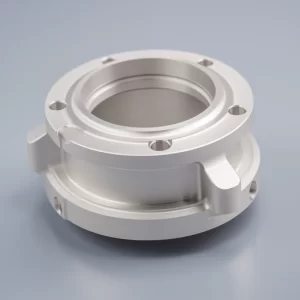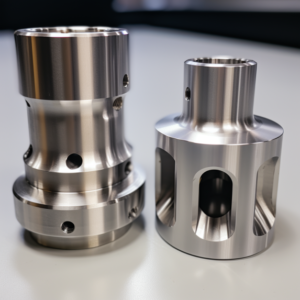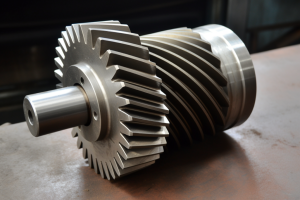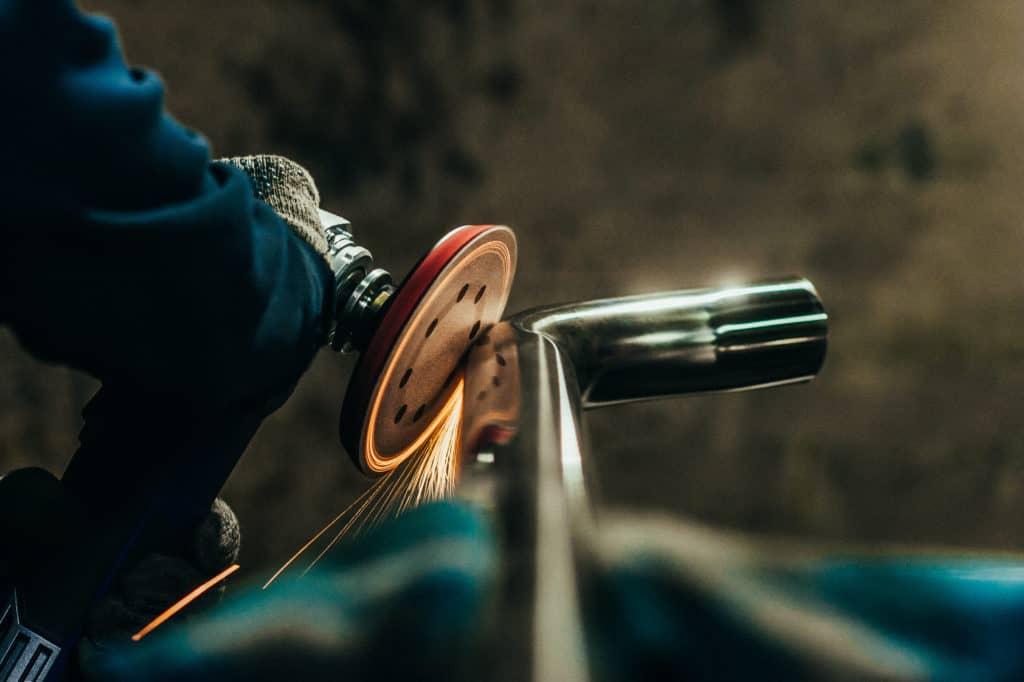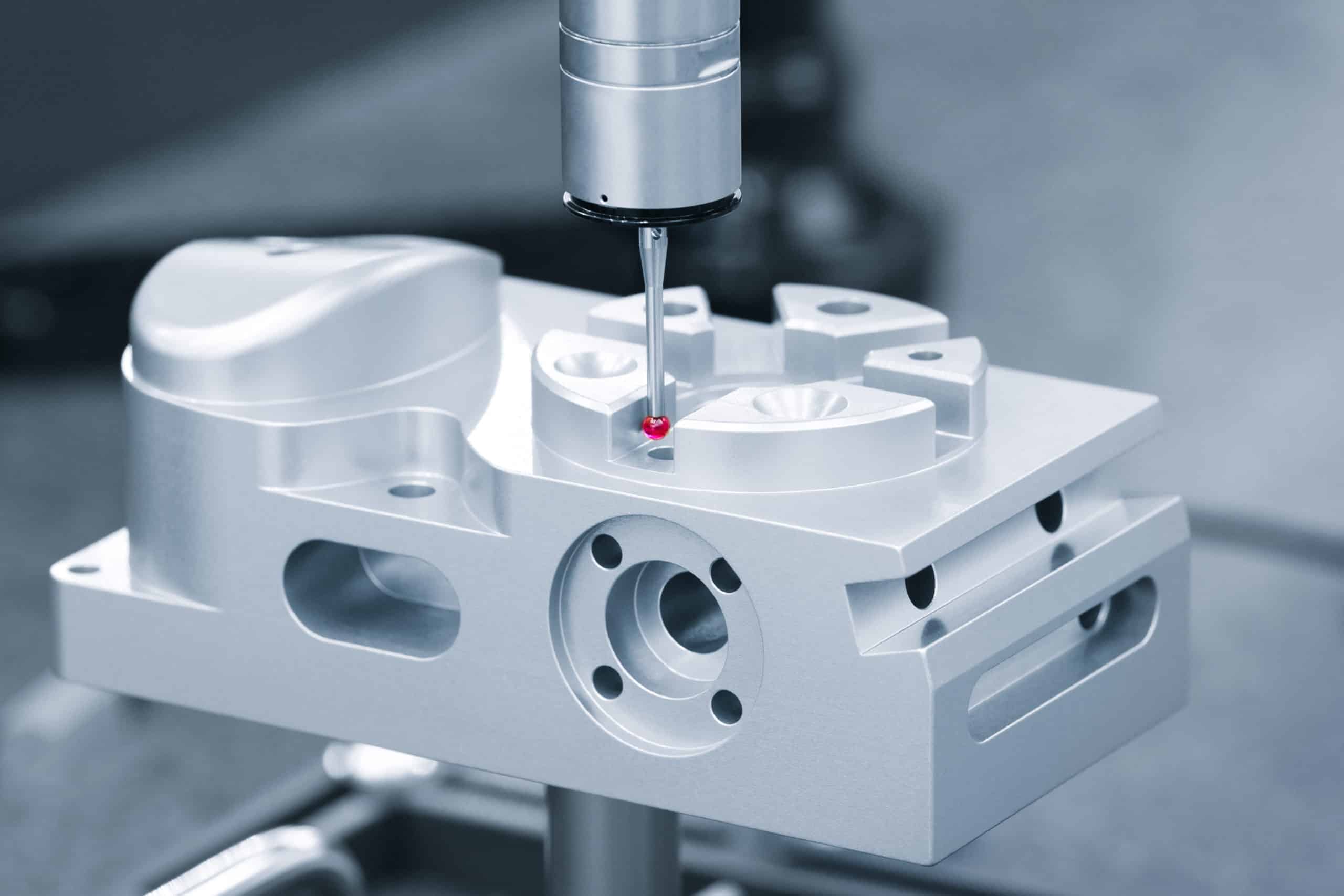A boring bar is an essential tool in metalworking and woodworking, used to enlarge and enhance the accuracy of holes. It creates precise, round, straight holes with smooth interiors, a critical requirement in industries like automotive and aerospace where precision is paramount.
Table of Contents
Understanding Boring Bars
What are the Three Types of Boring Bars?
Boring bars come in three main types: solid, anti-vibration, and coolant-thru.
As the name suggests, solid boring bars are solid all the way through and are typically used for general-purpose boring.
Anti-vibration boring bars have a design that minimizes vibrations during cutting, which can improve surface finish and tool life.
Coolant-thru boring bars have internal channels for coolant to flow through, which can help with chip evacuation and cooling the cutting edge.
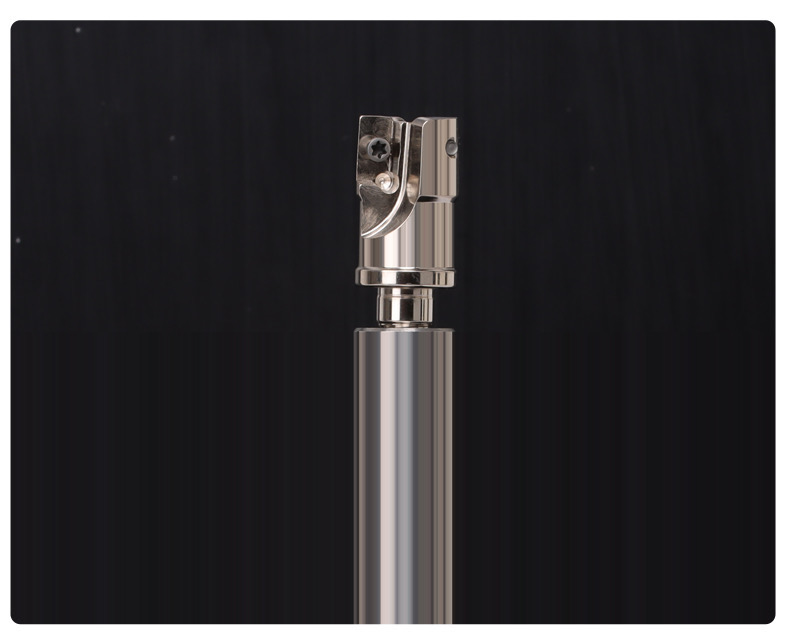
What is the Difference Between a Boring Tool and a Boring Bar?
While people often use the terms “boring tool” and “boring bar” interchangeably, a boring tool refers to any tool used for the boring process, including but not limited to boring bars.
For example, a boring head, which holds the boring bar and allows for precise adjustment of the cutting diameter, is also a boring tool.
What is the Difference Between Left and Right-Hand Boring Bars?
The Difference between left-hand and right-hand boring bars lies in the direction of the cut. A right-hand boring bar cuts when fed from right to left, while a left-hand boring bar cuts from left to right.
The choice between the two depends on the setup of your machine and the specific operation you’re performing.
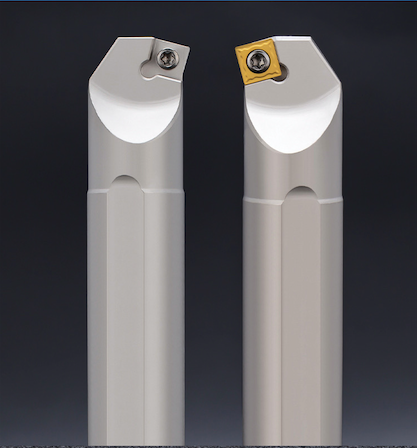
The Role of Boring Tools
What are the 5 Main Types of Boring Tools?
Boring tools, often called borers, come in various types, each designed for a specific application. The five main types are
- boring bar
- boring head
- counterbore
- countersink
- reamer
Each of these tools has a unique role in the boring process, from enlarging holes to creating tapered holes or smoothing the interior surface of a hole.
What Does a Boring Tool Do on a Lathe?
In a lathe, a boring tool enlarges an existing hole by removing material along the interior surface. The tool is typically held stationary while the workpiece rotates around it. This process creates precise diameters and depths that drilling alone cannot achieve.
What is the Most Common Boring Tool?
The most common boring tool is the boring bar due to its versatility and widespread use in various industries. Its ability to create accurate, smooth, and straight holes makes it an invaluable tool in any machinist’s toolkit.
The Use of Boring Bars
How to Use a Boring Bar?
Using a boring bar involves several steps.
First, you need to secure the workpiece in the lathe or milling machine.
Then, you insert the boring bar into the tool holder and adjust it so that the cutting edge aligns with the center of the workpiece.
After setting the desired cutting speed and feed rate, you slowly advance the boring bar into the hole, retracting it periodically to remove chips.
How to Use a Boring Bar on a Metal Lathe?
Using a boring bar on a metal lathe follows a similar process. After securing the workpiece and setting up the boring bar, you turn on the lathe and allow the workpiece to rotate.
You then advance the boring bar into the hole using the lathe’s cross slide and compound rest. It’s important to use cutting fluid to reduce heat and friction and to retract the boring bar regularly to clear away chips.
How Far Can a Boring Bar Stick Out?
The amount a boring bar can stick out depends on several factors, including the diameter of the bar, the material of the bar, and the cutting conditions.
As a general rule, the overhang (the length of the bar sticking out from the tool holder) should be no more than four times the diameter of the bar for optimal rigidity and performance.
Function of a Boring Bar Head
What is a Boring Bar Head?
A boring bar head, also known as a boring head, is a device that holds the boring bar and allows for precise adjustment of the cutting diameter.
The main purpose of a boring head is to provide a means of adjusting the position of the cutting edge with high precision, which is crucial for achieving the desired hole diameter and finish.
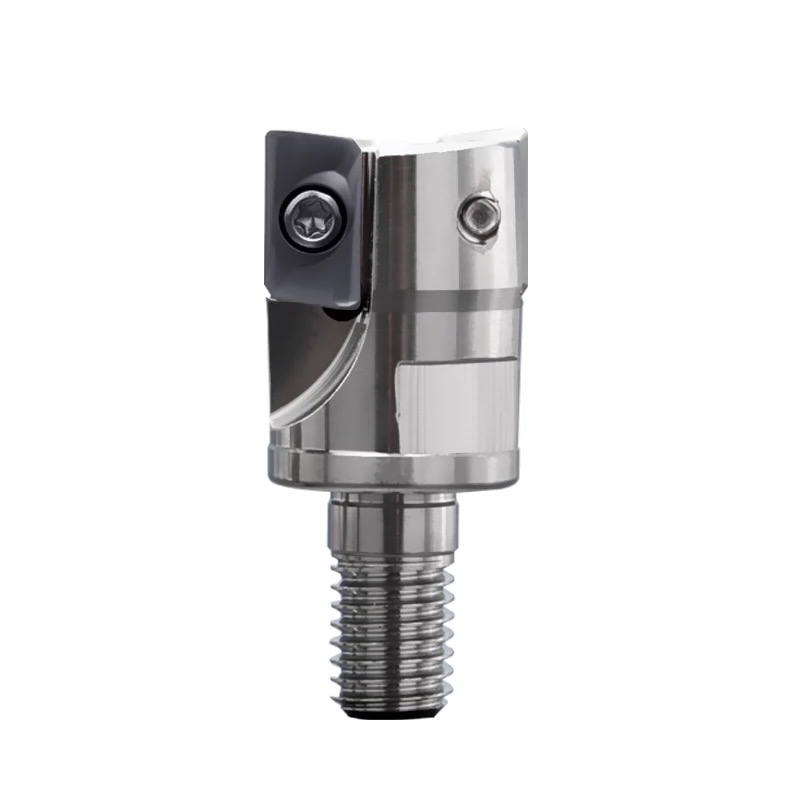
How Accurate is a Boring Head?
The accuracy of a boring head depends on its design and quality, as well as how well it’s set up and used. High-quality boring heads can adjust as precisely as 0.0001 inches, making them suitable for high-precision applications.
How to Set a Boring Head?
Setting a boring head involves adjusting the position of the boring bar to achieve the desired cutting diameter.
In most cases, you can turn a dial or screw on the boring head, which radiates the boring bar in small increments. Depending on the boring head design, the exact procedure will vary.
The Process of Boring
What Does Boring Mean in Tools?
In the context of tools, boring refers to enlarging a hole or cylindrical cavity using a single-point cutting tool, such as a boring bar. The boring process can improve the hole’s size, straightness, roundness, and surface finish.
How to Bore on a Metal Lathe?
Boring on a metal lathe involves securing the workpiece in the lathe’s chuck and setting up the boring bar in the tool holder.
After setting the desired cutting speed and feed rate, you turn on the lathe and slowly advance the boring bar into the hole using the lathe’s controls.
It’s important to use cutting fluid and regularly retract the boring bar to clear away chips.
What is Internal Boring, and How is it Done?
Internal boring is enlarging the inside diameter of a hole or cylindrical cavity. The process usually involves using a boring bar on a lathe or milling machine.
The boring bar, equipped with a single-point cutting tool, is advanced into the hole to remove material along the interior surface.
This process can create a hole with a precise diameter, straightness, roundness, and surface finish.
Choosing the Right Boring Bar
How to Choose a Boring Bar?
Choosing the right boring bar depends on several factors, including the type of material you’re working with, the size and depth of the hole you’re boring, and the machine you’re using.
You should consider the bar’s material (high-speed steel, carbide, or a combination), its diameter (which should be as large as possible for rigidity), and its length (which should be as short as possible to reduce vibration).
The shape of the bar (round, square, or triangular) can also affect its performance.
What is the Ratio of Boring Bars?
The ratio of a boring bar typically refers to the length-to-diameter ratio, which is a key factor in the bar’s rigidity.
A lower ratio (shorter length and larger diameter) produces a more rigid bar, providing a better surface finish and tool life. However, a higher ratio may be necessary for deep boring operations.
What Tool is Used for Boring Holes in Metal and Deep Boring?
A boring bar equipped with a suitable cutting insert typically uses for boring holes in metal. The choice of insert material (such as carbide, ceramic, or cubic boron nitride) depends on the bored metal type.
For deep boring, a long boring bar or a bar with a smaller diameter may be necessary to reach the bottom of the hole. Specialized deep-hole boring tools, such as guns or BTA drills, may also be used for deep holes.
Making Your Boring Bar
How to Make a Boring Bar for a Lathe?
Making your boring bar for a lathe can be a rewarding project. You’ll need suitable material, such as high-speed or tool steel, and access to a grinder or milling machine to shape the bar.
One end requires shaping to hold a cutting insert to obtain the desired length and diameter. The insert can be placed with a screw, clamp, or brazed onto the bar.
How to Make a Small Boring Bar?
Making a small boring bar follows a similar process but with smaller material. The main challenge with small boring bars is maintaining rigidity, as a smaller diameter can make the bar more prone to vibration.
Using a material with high stiffness, such as carbide, can help. The cutting insert should also be smaller to match the size of the bar.
Conclusion
Selecting the right boring bar is pivotal for the success of your machining job. It ensures precision in hole diameter, straightness, and surface finish, minimizes vibration, and prolongs tool life.
The right boring bar enhances the quality of your work, making it more than just a tool but a key determinant of your machining accuracy and efficiency.
Therefore, understanding the various types of boring bars and how to choose the appropriate one is essential for any machinist.
Frequently Asked Questions
The shank diameter of a boring bar contributes to its rigidity. A larger shank diameter can help reduce vibrations during the boring process.
The overall length of a boring bar can impact its rigidity and the depth of the holes it can bore. Longer bars can reach deeper but may also be more prone to vibrations.
A boring head holds the boring bar and allows for precise adjustment of the cutting diameter. It’s a crucial component in achieving accurate hole sizes.
A coolant-thru boring bar has internal channels for coolant to flow through, which can help with chip evacuation and cooling the cutting edge. It’s particularly useful for long or deep boring operations where chip removal can be challenging.
A counterbore creates a flat-bottomed enlargement at the top of a hole, often for a bolt head or nut. A countersink creates a conical enlargement for a screw head.
The ratio of a boring bar typically refers to the length-to-diameter ratio. This ratio is a key factor in the bar’s rigidity, which can affect the quality of the bore.
Internal boring is enlarging the inside diameter of a hole or cylindrical cavity. It’s typically done using a boring bar on a lathe or milling machine.
A small boring bar is simply a boring bar with a smaller diameter. It’s used for boring small holes or operations where a larger bar cannot fit.
Deep boring is boring a hole many times deeper than its diameter. Specialized tools like guns or BTA drills may be used for deep holes.



